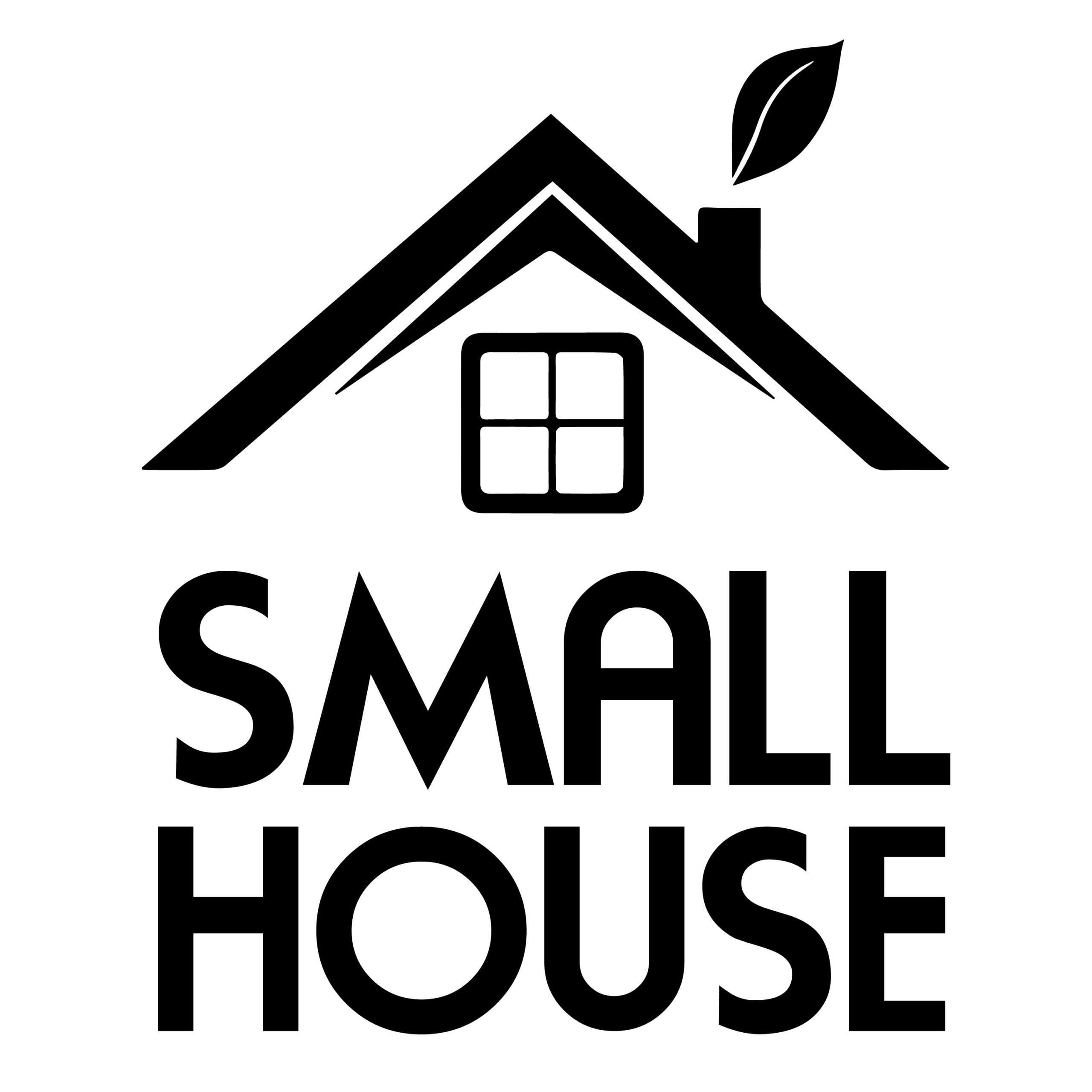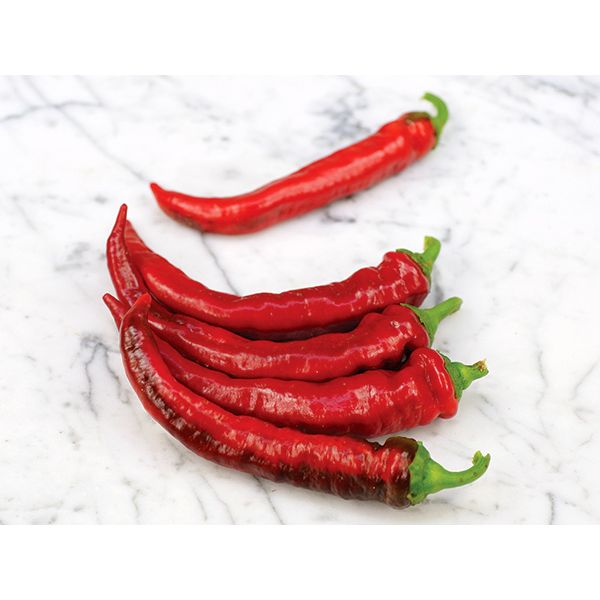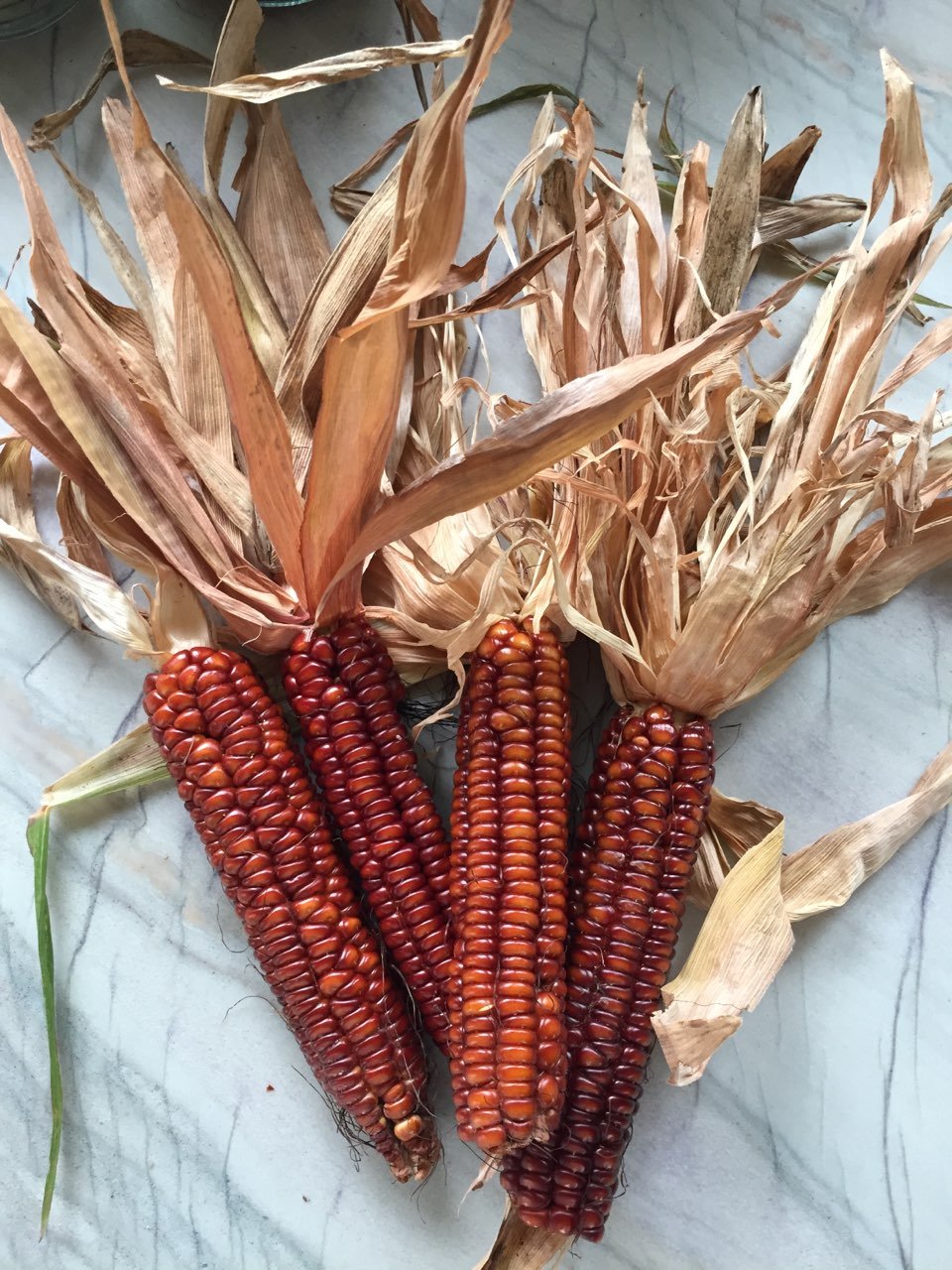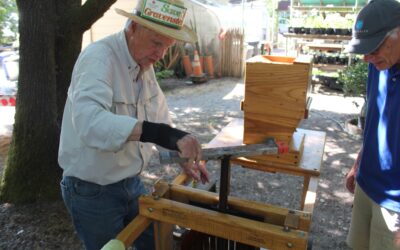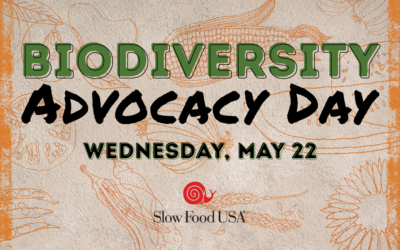Old Carolina Tomato
Nell Bryson was an avid gardener. A housewife, she lived in North Carolina, and like many southerners, saving her seeds was an essential part of keeping her garden going. She probably saved seeds in her freezer most years, but in 1948 she happened to save one pack of just ten little tomato seeds that for some reason or another wouldn’t see the light of day until 68 years later.
The Nell Bryson tomato, also known as the Old Carolina Tomato, has two names because its full story is still being uncovered. What we do know however, is that it’s an unusually big tomato. It’s fruit can grow to be between 1-1 ½ pounds, and unlike most large tomato breeds it doesn’t seem to stop producing after just a few tomatoes have grown. Bevin Cohen, the owner of Small House Farm, and the provider of these seeds, was shocked when he first grew them and they continued to produce all season right up until the first frost.
Orange and yellow striped, with a red core, they don’t lack for flavor either. Their intense production, and beautiful flavor are what sent him digging for their origin story when he first grew them. He first came across them somewhat by chance, at a seed swap in Kentucky, in 2016. When asked by a stranger if he wanted these unknown seeds that had been sitting in a freezer for over 50 years, he couldn’t resist. Unusual and rare seeds are what keeps Bevin up at night.
A few years later, after writing about these mysterious tomatoes in a book, he reconnected to the seed-swapping stranger on social media who named Nell Bryson as the woman whose freezer they had been in. But a name was all Bevin had to work with, until around mid-winter in 2021, he came across Nell’s daughter who now owns Bryson Farm Supply in Sylva, North Carolina. Deborah didn’t know where the seeds came from when her family found the seeds in the freezer, and unfortunately by that time Nell was no longer cognizant of her surroundings enough to remember anything about the seeds.
“Now her mind is no longer here,” says Bevin. “But her seeds certainly are. And the hard work that she’s done to try and preserve this variety possibly is in our hands.”
These seeds, like the seeds of many home-seedsavers, most likely were bred in Nell’s very own garden over the years of her planting them. Perhaps they blended with other tomatoes, either by chance or on purpose. But either way, they seem to be completely unique, and besides the tomatoes that Bevin grows for seed today, they won’t be found anywhere else in the world. To share them is to honor the work of Nell Bryson all those years ago, and carry on a small part of the work she did on her plot of land in North Carolina over 70 years ago.
Written by Malia Guyer-Stevens, Slow Food USA editorial Intern
Interview with Bevin Cohen, Small House Farm
Planting the Seed
Learn how to start seeds indoors with Slow Food USA School Garden committee chairs — in different ways and different places! The exact timing and practices for planting your seeds will depend on your growing zone and frost dates in your region. More information can be found in the Farmer’s Almanac Planting Calendar – just enter in your zip code to find helpful notes on starting your seeds and planting your starts!
Sebastopol’s community apple press is a free way to make fresh juice
Gather your apples! Your Honeycrisp! Your Fuji! Your Golden Delicious! Even your hopefully-ripe-by-now Gravensteins! Why? Because, as of this past weekend, Slow Food Russian River’s (SFRR) Community Apple Press is up and running.
Unpacking Indigenous seed politics: respect over royalties
How do we honor the seedkeepers who have nurtured food on this land for countless generations? That’s a question that lives in a gray area, and not all Indigenous communities agree on the outcome.
Championing Biodiversity: Advocating for Change Through the Farm Bill
Let’s take action to preserve and expand biodiversity by contacting our elected officials.

